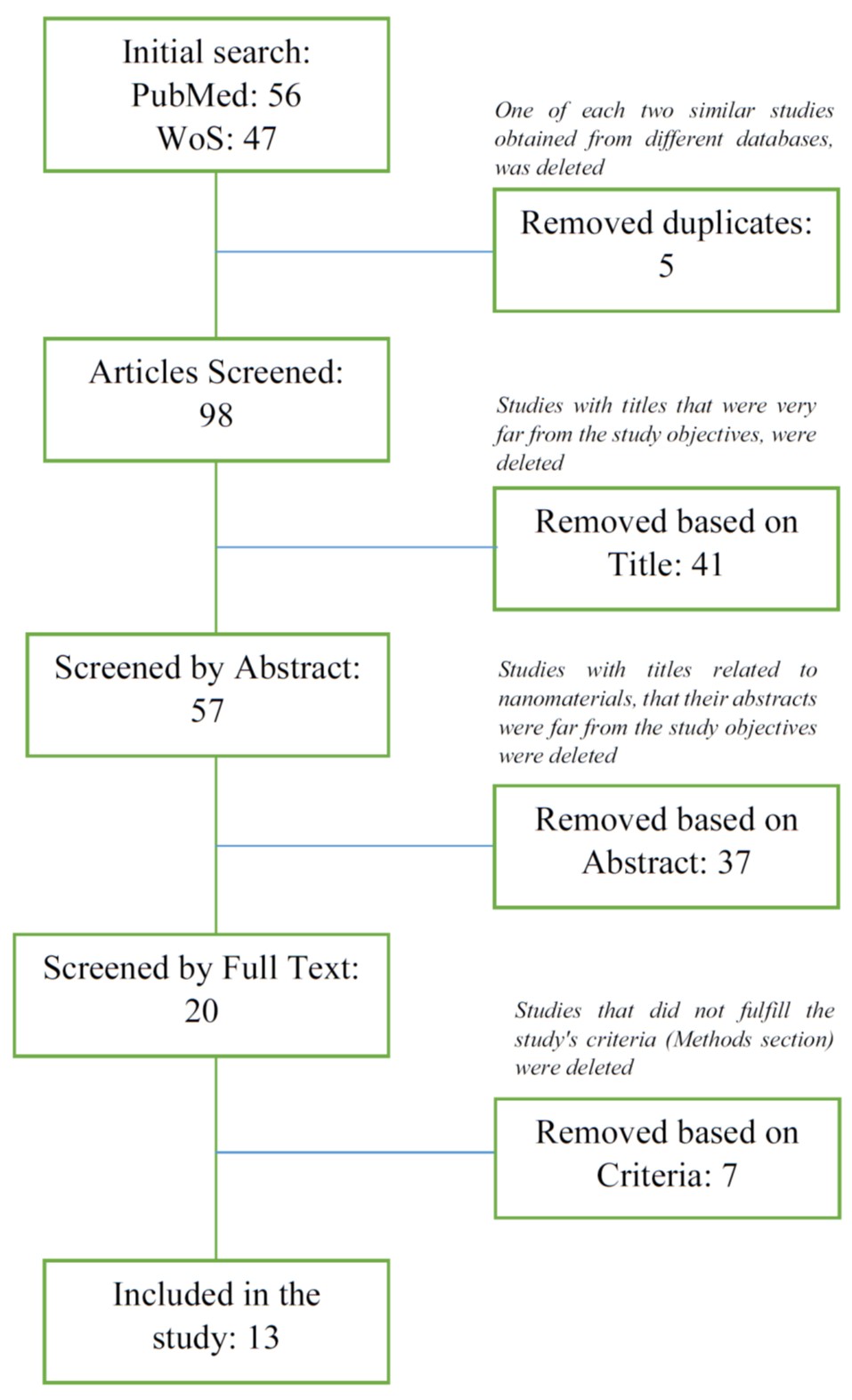Volume 13, Issue 3 (9-2023)
J Health Saf Work 2023, 13(3): 645-662 |
Back to browse issues page
Download citation:
BibTeX | RIS | EndNote | Medlars | ProCite | Reference Manager | RefWorks
Send citation to:



BibTeX | RIS | EndNote | Medlars | ProCite | Reference Manager | RefWorks
Send citation to:
Golbabaei F, Javad SheikhMozafari M, Biganeh J, Omari Shekaftik S. Teachers’ Health Status About Air Quality (Temperature, Relative Humidity, and Ventilation) in Educational Centers: A Systematic Review. J Health Saf Work 2023; 13 (3) :645-662
URL: http://jhsw.tums.ac.ir/article-1-6883-en.html
URL: http://jhsw.tums.ac.ir/article-1-6883-en.html
1- Department of Occupational Health Engineering, School of health, Tehran University of medical sciences, Tehran, Iran
2- Department of Occupational Health Engineering, School of health, Tehran University of medical sciences, Tehran, Iran ,s-omarish@razi.tums.ac.ir
2- Department of Occupational Health Engineering, School of health, Tehran University of medical sciences, Tehran, Iran ,
Abstract: (850 Views)
Introduction: Studies have demonstrated that teaching carries a substantial burden of health risks. Prevalent health issues among teachers include asthma, respiratory diseases, musculoskeletal problems, and mental disorders. These problems can be attributed to the specific attributes of their work environment. Consequently, this study aims to investigate the correlation between air quality within educational establishments and the overall health of teachers.
Material and Methods: This systematic review aims to examine the impact of temperature, humidity, and ventilation rates within educational environments on teachers’ health status and thermal comfort. Relevant studies were searched for using the PubMed and Web of Science databases, employing keywords such as teacher, temperature, humidity, ventilation, school, classroom, health symptoms, and thermal comfort (2000-2022). The inclusion criterion was that articles examined teachers’ health and comfort with temperature, relative humidity, and ventilation of the educational place.
Results: Out of the 103 articles found in the initial search, 13 articles were finally reviewed. Six studies investigated the voice abnormalities of teachers due to various factors (including temperature, relative humidity, and the ventilation rate of the educational place) and found that these abnormalities were affected by these factors. Two studies explored the relationship between the prevalence and exacerbation of respiratory symptoms and quality parameters of the indoor environment of educational places. Additionally, five studies investigated the relationship of air quality parameters of educational places with common non-specific symptoms among teachers.
Conclusion: Teachers frequently experience symptoms such as voice disorders, respiratory difficulties, allergies, and other nonspecific ailments, which may be associated with the quality parameters of the indoor environment in educational settings. These parameters include temperature, humidity, and ventilation rate. Consequently, controlling and regulating these parameters within the recommended values can help prevent the onset or exacerbation of these symptoms.
Material and Methods: This systematic review aims to examine the impact of temperature, humidity, and ventilation rates within educational environments on teachers’ health status and thermal comfort. Relevant studies were searched for using the PubMed and Web of Science databases, employing keywords such as teacher, temperature, humidity, ventilation, school, classroom, health symptoms, and thermal comfort (2000-2022). The inclusion criterion was that articles examined teachers’ health and comfort with temperature, relative humidity, and ventilation of the educational place.
Results: Out of the 103 articles found in the initial search, 13 articles were finally reviewed. Six studies investigated the voice abnormalities of teachers due to various factors (including temperature, relative humidity, and the ventilation rate of the educational place) and found that these abnormalities were affected by these factors. Two studies explored the relationship between the prevalence and exacerbation of respiratory symptoms and quality parameters of the indoor environment of educational places. Additionally, five studies investigated the relationship of air quality parameters of educational places with common non-specific symptoms among teachers.
Conclusion: Teachers frequently experience symptoms such as voice disorders, respiratory difficulties, allergies, and other nonspecific ailments, which may be associated with the quality parameters of the indoor environment in educational settings. These parameters include temperature, humidity, and ventilation rate. Consequently, controlling and regulating these parameters within the recommended values can help prevent the onset or exacerbation of these symptoms.
Type of Study: Research |
Received: 2023/09/30 | Accepted: 2023/09/23 | Published: 2023/09/23
Received: 2023/09/30 | Accepted: 2023/09/23 | Published: 2023/09/23
Send email to the article author
| Rights and permissions | |
 |
This work is licensed under a Creative Commons Attribution-NonCommercial 4.0 International License. |






